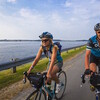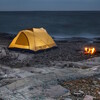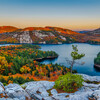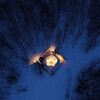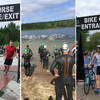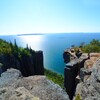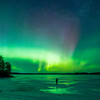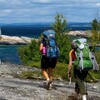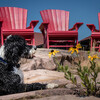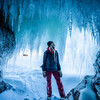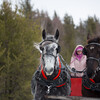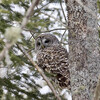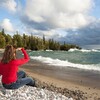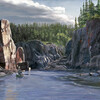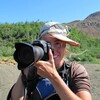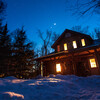
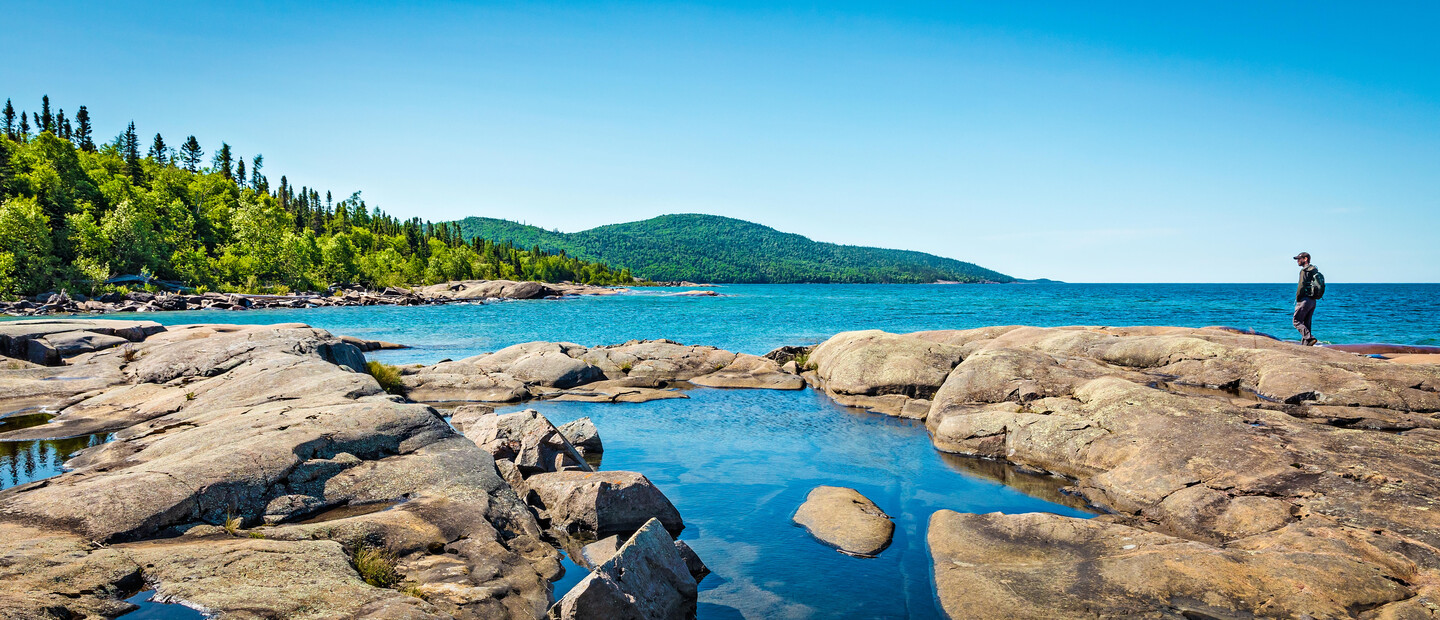
The Ultimate Adventure Guide to Neys Provincial Park
Superb camping, a spectacular sand beach, and rugged hiking trails leading to scenic vistas immortalized by Canadian landscape painters, the Group of Seven—what’s not to love about this beautiful provincial park? Even better, Neys is readily accessible from the Trans-Canada Highway yet far enough from population centres like Thunder Bay and Sault Ste. Marie to remain decidedly under-the-radar. When other Lake Superior parks are bustling with visitors, I’ve always found solitude at this hidden gem.
Stretching from the silty waters of the Little Pic River to the rugged headland of the Coldwell Peninsula, Neys offers something for everyone. There are nearly 150 campsites, 13 kilometres of hiking trails, and swimmers and paddlers can enjoy the bracing waters of Lake Superior from the park’s two-kilometre-long beachfront. Roam the moss-cloaked forests and polished bedrock shoreline and you’ll also find relics from Neys not-too-distant past as a former WWII prisoner-of-war (POW) camp.
Travelling the north shore by car or kayak, I’ve camped at Neys many times, yet each visit, I discover something new. This guide will help you plan your own trip and learn more about camping, hiking and paddling in this unique park.

Planning Your Trip to Neys
Neys Provincial Park is located three hours’ drive east of Thunder Bay along Trans-Canada Highway 17. The closest amenities to the park are in the town of Marathon, just a 20-minute drive east, where you can pick up groceries, gas and last-minute camping essentials, or stop in for a bite to eat.
If you’re keen on classic summer activities like camping and swimming, the best time to visit Neys Provincial Park is from late June to mid-September when you’ll enjoy warmer temperatures and wonderfully long summer days. Spring and fall are also beautiful times to visit, and you’ll likely have the park largely to yourself.
In spring, icy-cold Lake Superior creates frequent fog, which can persist for days, limiting vistas and keeping temperatures cool in the park. The flipside is the brilliant greens of the budding forest and the gauzy quiet of the slumbering lake. Autumn brings spectacular fall colours to the boreal forest and the chance to behold the captivating power of a late-season storm rolling across Lake Superior.
Neys Provincial Park is open from mid-May to mid-October, when the park access road closes for the winter.
You can make reservations for Neys Provincial Park over the phone or online. To avoid disappointment, it’s a good idea to reserve a campsite before your visit. To make a booking, go to the Ontario Parks’ reservation website, select the dates, and see the available sites.
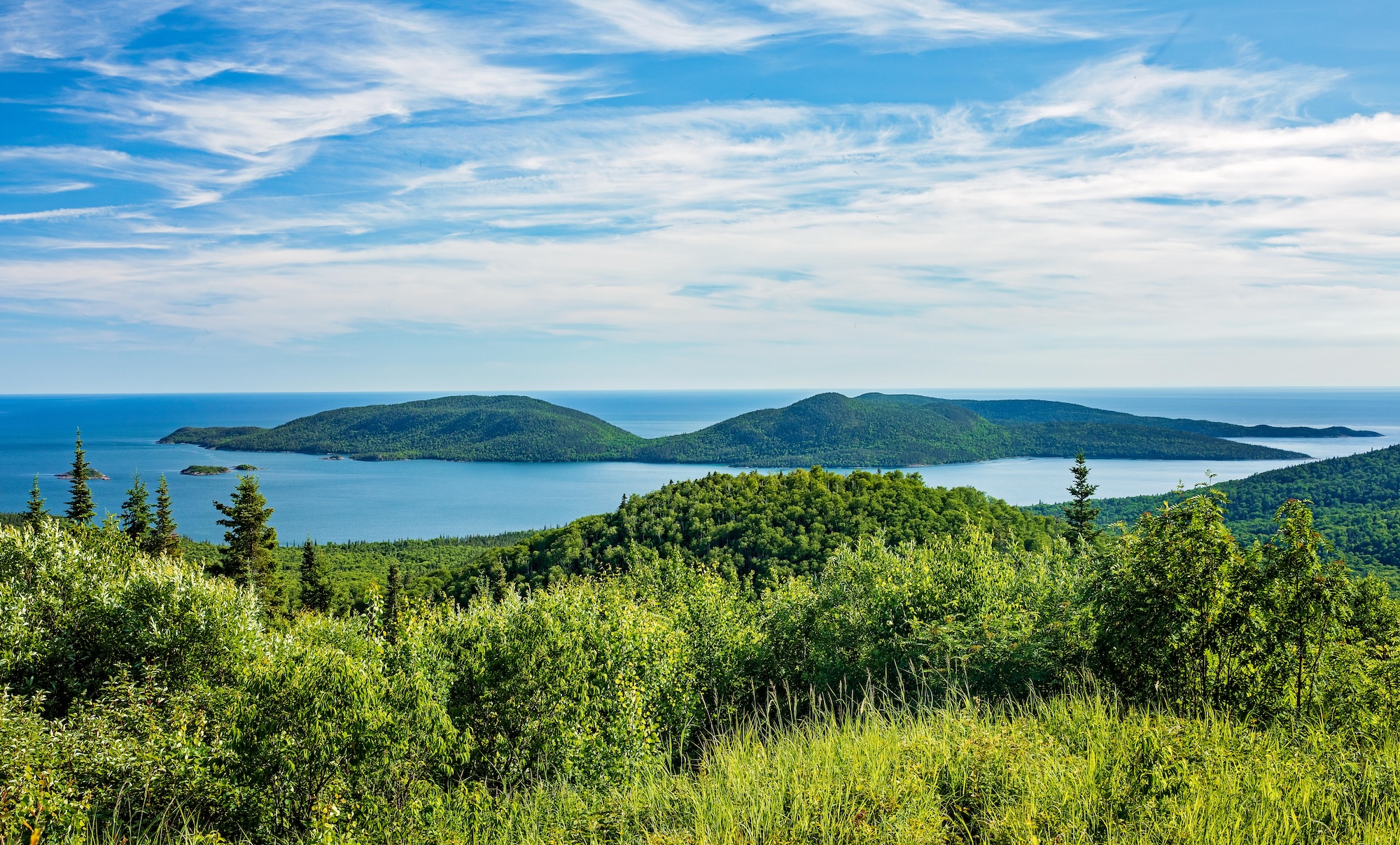
Camping and Accommodations
Ney’s Provincial Park campground has nearly 150 vehicle-accessible campsites, almost half of which are electrical. Campground Area 1 offers mostly pull-through sites suitable for RVs in an open area with spectacular Lake Superior views. Campground Areas 2 and 3 offer a mix of regular and electrical sites in a forest setting beside the lake, with popular beachfront sites boasting direct access to the park’s gorgeous sand beach. Finally, Campground Area 4 is the most rustic with a peaceful (but sometimes buggy) wooded location away from the lake with easy access to the park’s boat launch on the Little Pic River. See a map of the campgrounds here.
All campers in the park have access to a centrally located comfort station with showers, flush toilets and laundry facilities. In Campground Area 2, you’ll also find Neys’ sole roofed accommodation option. The Trapp Cabin is a cozy camp cabin that sleeps four people and is perched right on the beach with outstanding views. Inside, it’s equipped with everything you need for a comfortable stay, including dishware, hot plate, fridge and electric heater for those cooler nights. Outside, enjoy a barbeque, fire pit and outdoor conversation set. If you’re hoping to score a stay at this unique gem, there’s a two-night minimum and I recommend reserving well in advance.
For those who want to explore Neys from the comfort of a real bed, the hamlet of Jackfish and the town of Marathon offer restful rooms just 20 minutes from the park. Overlooking lovely Jackfish Lake, The Coach House Motel has clean, quiet rooms and the owner’s hospitality was a highlight of my stay. Nestled in a forest just outside Marathon, Dreamscapes Inn offers an upscale, adults-only B&B experience with housekeeping facilities for longer stays.
Neys’ WWII History
Two decades before Neys became a provincial park, it was known as Neys Camp 100, where it held German prisoners-of-war during World War II. Britain was running out of space to house their POWs and funded the construction of 26 major prisoner-of-war camps across Canada, including three along the north shore of Lake Superior. If Neys feels remote today, it was even more so in the 1940s, before the completion of the Trans-Canada Highway. The isolated location—and proximity to a rail line—made Neys an ideal choice for a POW camp.
Lake Superior and the rugged boreal forest provided natural boundaries for the camp and made escape attempts a challenge. However, they also allowed the prisoners to assist in filling labour shortages, working in logging camps along the Little Pic River. Twenty-seven buildings once held as many as 500 POWs and 100 guards. Prisoners passed the time playing sports and creating artwork and musical instruments. Many grew fond of northern Ontario during their time in the camp, and after the prisoners were sent back to Germany in 1946, some immigrated back to call the north shore their permanent home.
A lesser-known aspect of Neys WWII history was its role as a Japanese-Canadian relocation camp from 1946-47. For Japanese-Canadians who had been displaced and held in internment camps during the war, the Neys camp offered a place to stay, eat and hopefully find separated family and friends.
Today, there are remnants of the camp visible throughout the park’s campground area—from building foundations reclaimed by the forest to the thoughtfully presented photographs and items on display in the Visitor Centre. Neys Nostalgia Days, held on the second weekend in August, gives visitors an opportunity to learn even more about the park’s recent human history, including the prisoners-of-war, fur trade voyageurs, Canadian Pacific Rail navvies, loggers and fishermen.
Hiking Trails in Neys
There are six hiking trails to explore in the park, offering something for everyone. One of the most popular trails is the easy Point Trail (1 km/2 km return), which begins at Prisoner’s Cove and curves along the shore through mossy coastal forest, ending at rocky Prisoner Point where you’re rewarded with a sweeping view of Lake Superior. From here, you can hike back the way you came or continue along the rocky coastline on the more challenging Under the Volcano Trail (2.5 km/5 km return).
More of a choose-your-own-adventure scramble than an established trail, this route is one of my favourites. I love picking my way across the water- and ice-polished bedrock, searching for delicate Arctic plants hidden in the rocky crevasses. The trail ends at Kopa Cove, a scenic cobble beach that feels wonderfully wild and remote. From here, you can return back along the coast or head up the 2.6 km Kopa Cove Trail, a steep climb through rugged terrain that ends at the Pic Island Overlook. Your reward for this challenging trek is a breezy lookout deck with panoramic views of Pic Island across Thompson Channel—a powerful scene made famous by Group of Seven artist, Lawren Harris.
The overlook is also accessible from the main park road along the 4.5 km (9 km return) Pic Island Overlook Trail, which you can combine with the aforementioned trails for a 10.6 km loop. This is Neys’ most challenging day hike, so bring plenty of snacks and water and plan accordingly.
Superior Calling
Neys’ spectacular two-kilometre beach is situated on Ashburton Bay on Lake Superior. The bay’s sandy shallows warm up a bit more than the rest of the lake, so in the heat of summer you’re able to take a refreshing dip and actually enjoy the experience!
When Lake Superior is calm, few experiences rival a gentle paddle in the crystalline waters just offshore. Bring your own kayak, canoe or paddleboard, or rent a canoe from the park office. Launch almost anywhere along the park’s sandy beach, or at the boat launch just inside the mouth of the Little Pic River. On days when the lake is too rough to paddle safely, exploring upriver is a scenic and peaceful alternative.
Lake Superior is well known for its superb sportfishing and anglers at Neys can use the convenient boat launch to pursue rainbow trout, lake trout, whitefish and salmon in the open waters offshore. Just be sure to have a fishing license and check the regulations first.
Other activities at Neys
Bicycling is a great way to explore the campgrounds and get around the park. While bikes aren’t permitted on the trail system, the park roads offer countless options for family spins or wheeling around after dinner.
During the summer, Neys Natural Heritage Education leaders offer guided walks, children’s discovery programs, evening slide talks and movie nights with special events on most weekends. These free programs are a fantastic way to learn more about this unique place.
Explore Beyond Neys
My all-time favourite way to see Neys Provincial Park beyond the campground and trails is from the magnificent—and unpredictable—waters of Lake Superior. A backcountry kayaking trip along the coastline out to Pic Island and beyond is an experts-only undertaking—unless you join a guided sea kayak journey. Naturally Superior Adventures’ Group of Seven Landscapes trip travels from Jackfish to Pukaskwa National Park over six unforgettable days. S.A.N.D. Adventures also offers multiday trips along this coastline. Along the way, you’ll camp on spectacular wilderness beaches and islands, savouring intimate views of the landscapes that so captivated Canada’s iconic artists.
Neys is less than an hour’s drive from two of Ontario’s finest national parks. If you have time, it’s well worth combining a visit to either or both Pukaskwa National Park and the vast Lake Superior National Marine Conservation Area (Lake Superior NMCA). Pukaskwa offers family camping, beautiful beaches, authentic cultural experiences and outstanding hiking trails, including the 9 km (18 km return) day hike to the White River suspension bridge. The Lake Superior NMCA is the world’s largest area of protected freshwater. Check out the Visitor Centre on the Terrace Bay beachfront for plein air painting workshops, suggested hikes and guided kayak tours. The Terrace Bay area boasts many attractions.
Neys FAQs: Everything You Need to Know
o How do I get a Neys permit?
Day-use visitors require a vehicle permit, which can be purchased at the park office when you arrive, or reserved up to five days in advance online or by phone. Consider getting an annual or seasonal permit if you frequent any other Ontario Provincial Parks. The annual permit works out that if you visit a park at least 10 times a year, it's worth the money. Overnight visitors require a campsite permit; reservations are strongly recommended—especially in July and August—or you can chance waiting to purchase at the park office when you arrive.
o What is the best time to visit Neys?
The best time to visit Neys Provincial Park for summer activities like camping, swimming and paddling is from late June to September. Being right beside the cold waters of Lake Superior, the local climate in the park is damper and cooler than inland areas, keeping summer temperatures moderate. The cool breeze near the shore also keeps biting bugs away, but you’ll want a bug net handy for early summer camping and hikes into the park’s interior.
o Are there guided trips of Neys available?
Because of its relatively compact size, Neys can be readily explored by most visitors on self-guided hikes following park trails. Adventurous travellers who want to see more remote corners of the park can join a guided, multi-day sea kayak trip with S.A.N.D. Adventures or Naturally Superior Adventures. NSA's Group of Seven Landscapes trip is a six-day wilderness camping journey that passes through Neys en route from Jackfish to Pukaskwa National Park.
Plan Your Neys Adventure Now
Mesmerizing Lake Superior vistas, great camping, and fascinating history make Neys a highlight of any visit to northern Ontario. Visit Ontario Parks to learn more and make reservations for your own unforgettable Neys adventure.
Recommended Articles
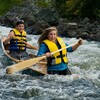
Teenagers & whitewater?

What's your preference?
What Inspires a National Geographic Writer?
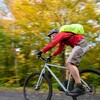
Need a quick getaway idea?
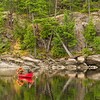
GETAWAY: "Kraft Dinner No More"- A Lodge-based Canoe Adventure On The French River
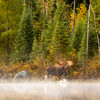
Fall Animal Viewing in Ontario
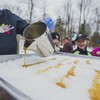
Sweet Getaways: Maple Syrup Adventures
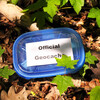
Ontario: the Geocaching Capital of Canada
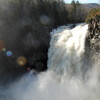
Agawa Falls Trail
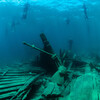
Ontario's Best Scuba Diving & Snorkelling
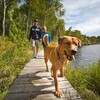
Take Your Dog on Vacation

Best Trail Running in Ontario
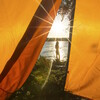
The Best Camping In Ontario

7 Reasons to Explore Ontario This Winter
5 Trails Less Travelled
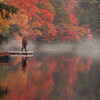
9 Reasons To Visit Ontario this Fall
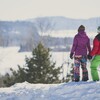
Best Valentine’s Day Ever
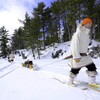
How to winter camp
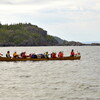
13 strangers, 1 big canoe
